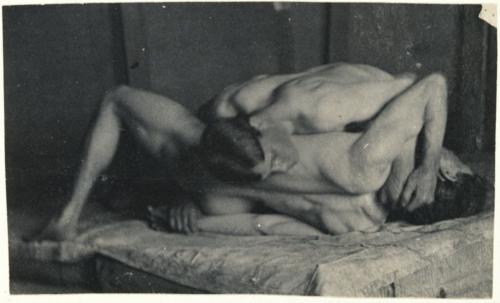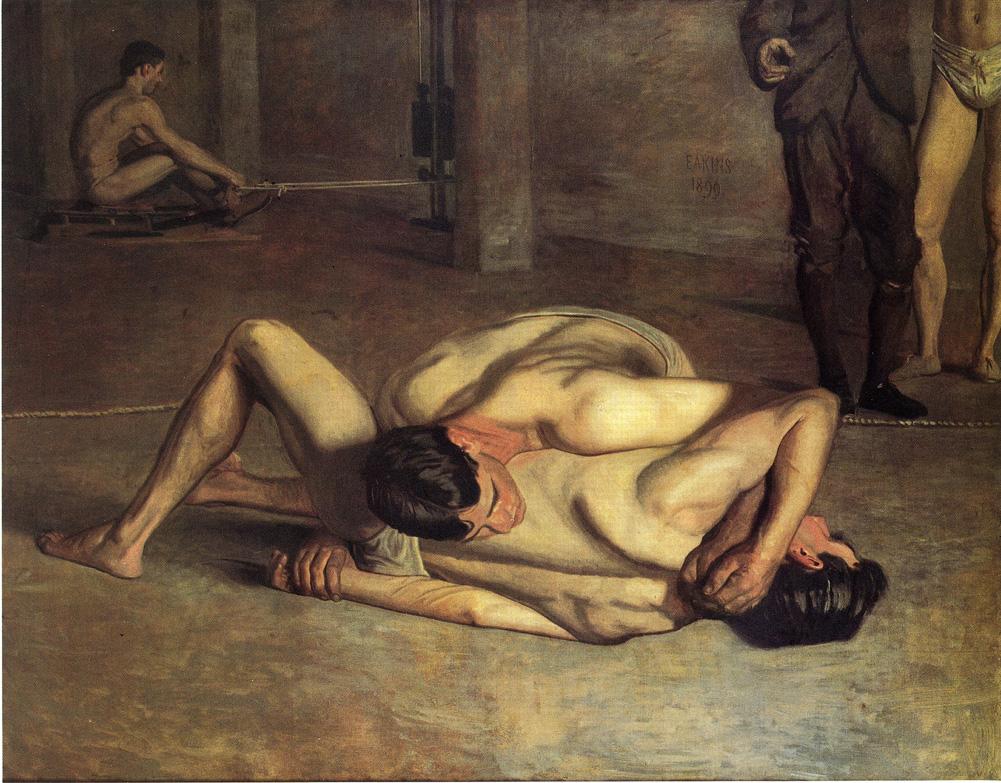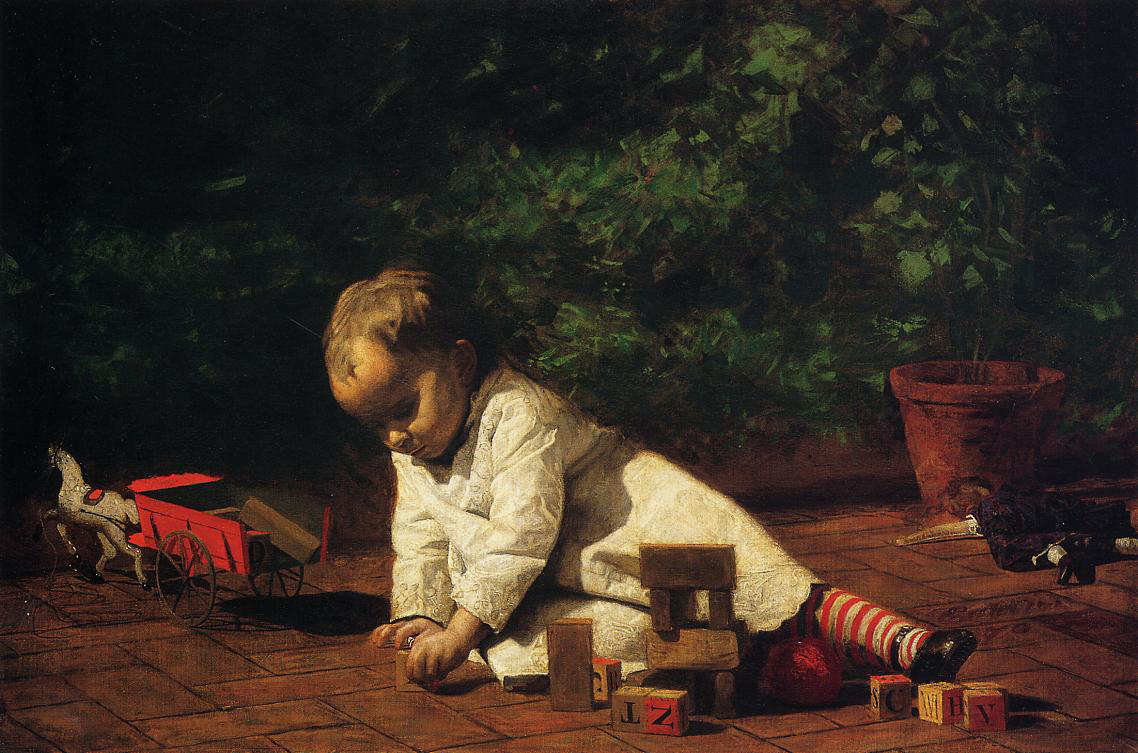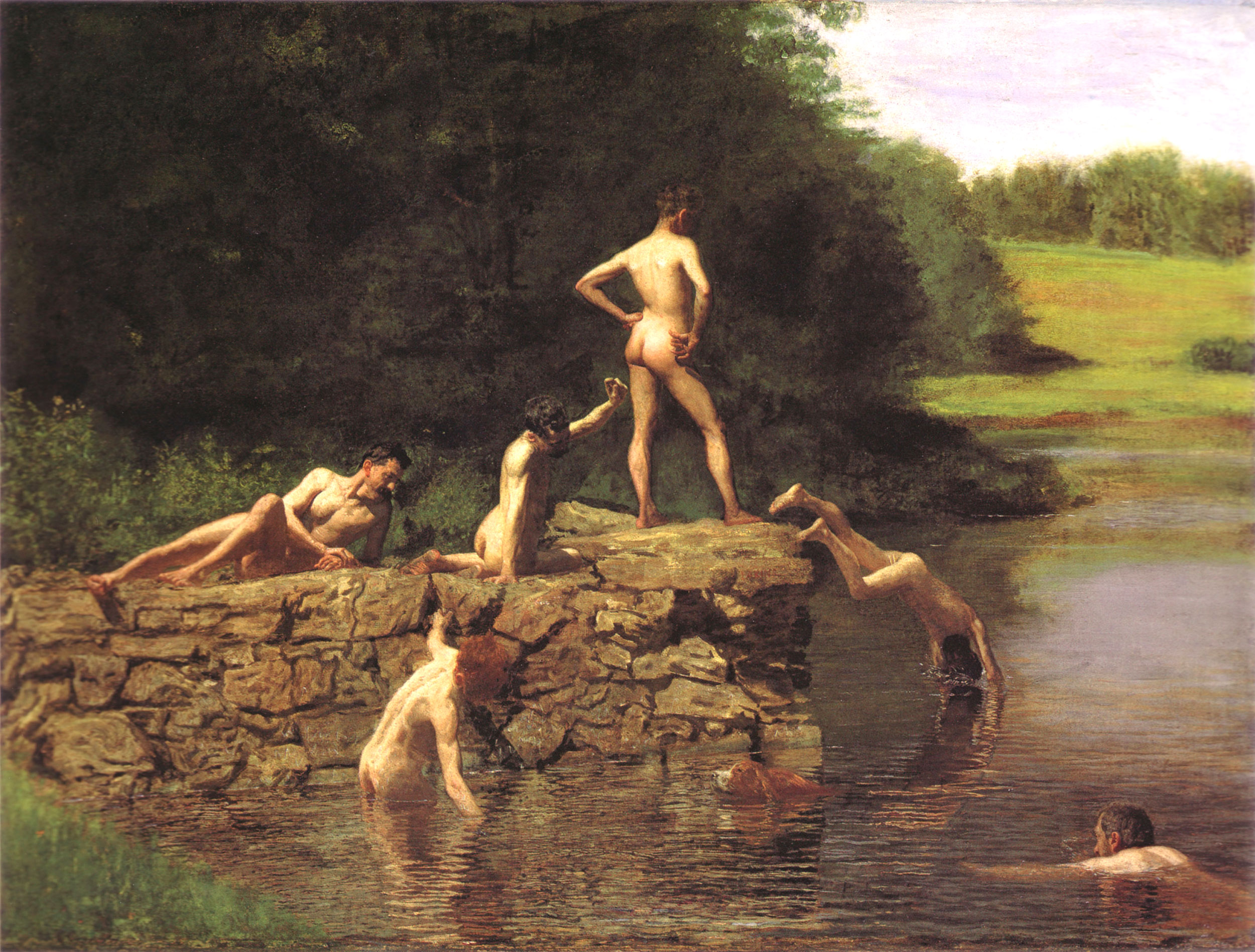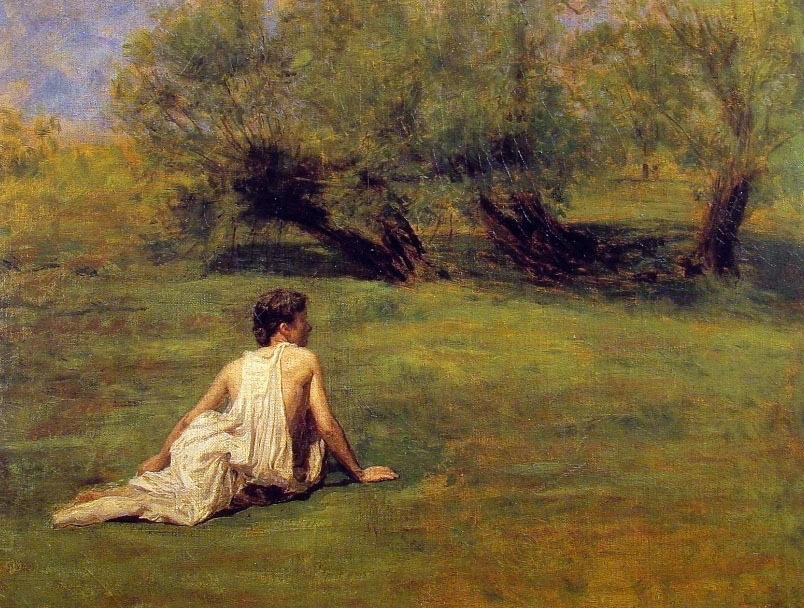Jul 25, 2013 | art history, painting, photography
Thomas Eakins lived from 1844-1916, and spent the majority of that time as an artist – painting, photographing, sculpting, and teaching others the craft. He was an American realist painter whose style is remembered for its loose, rich color. Eakins used photography, still a relatively new technology at the time, to study the details of a body in motion as it travels through space – a practice now regarded as one of his most important innovations.
“Strain your brain more than your eye… You can copy a thing to a certain limit. Then you must use intellect.”
-advice to his art students; quoted in Lloyd Goodrich, Thomas Eakins (1933)
Photography

Motion study: Male Nude, Standing Jump to Right, 1885.
image source
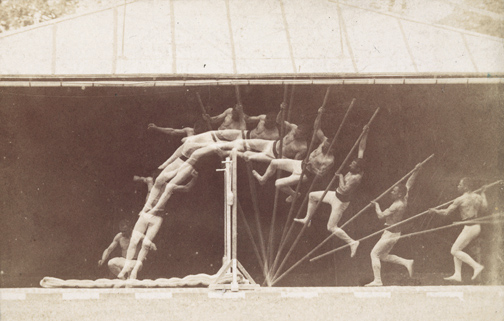
Motion Study: George Reynolds, nude, pole-vaulting to left, 1885
image source
He explored the heart of American life through portraiture, but didn’t receive recognition until late in life because of his role as a controversial figure when it came to the sexes. His studies of the male nude were often regarded as homoerotic, and later made him a major figure of art historical sexuality studies in the 1990s.
He insisted on teaching men and women the same way, using male models in female classes and vice versa, but was also accused of abusing female students. The scandals cut his success short, and his influence in the history of art was only realized after his death.
Painting
For more info about Thomas Eakin, see the artist’s Wikipedia page.
GD Star Rating
loading...
Jul 24, 2013 | sculpture, typography
Ole Ukena is a German artist who uses simple, modern conceptual works to make a point. He lives and works between Berlin and Bali, and he’s shown his work all over Thailand, India, Germany and France. Although not all his works involve typography, they do have a distinctly clean look that’s only emphasized with big, bold lettering.
His artist statement reads,
“I am not limiting myself to one medium. I simply can’t. It’s a constant adventure, finding new materials in the countries in which I travel, encountering objects or phrases that can be transformed into specific, meaningful pieces. While my work often displays a strong conceptual nature, I am also very drawn to the intuitive.This balancing energy forces me to step out of my mind and just create. These forces are like my left and right hand. My works try to create a map of the human mind, in an attempt to tell a tale about the very nature of it with all its possibilities, limitations, irritations, and hopes.”
“Burnout Syndrome” burned matches, canvas, 2012
Made up of more than 9,000 matches, the matches in the last WORK‘s are struck and the smoke simmers upwards.
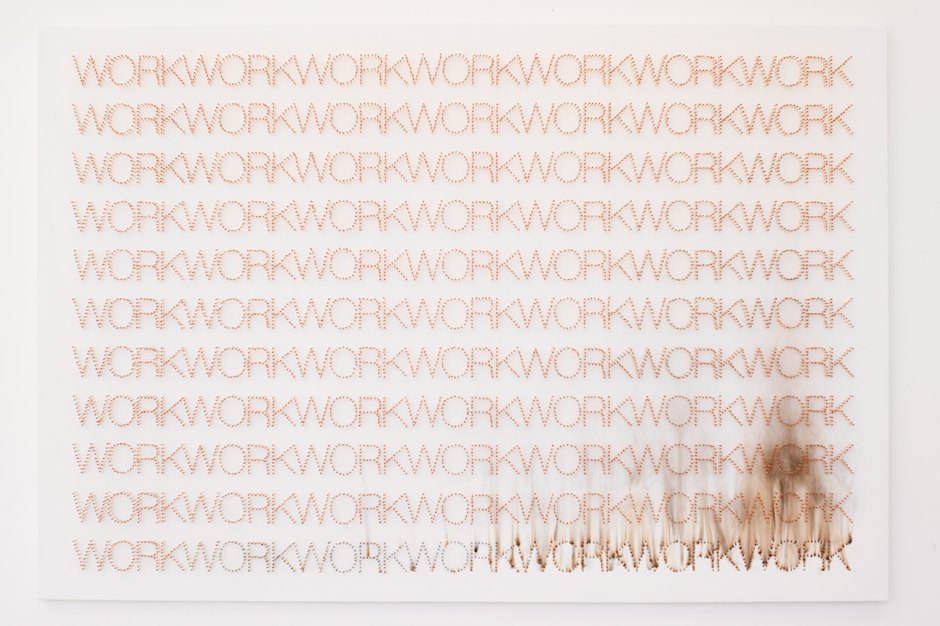
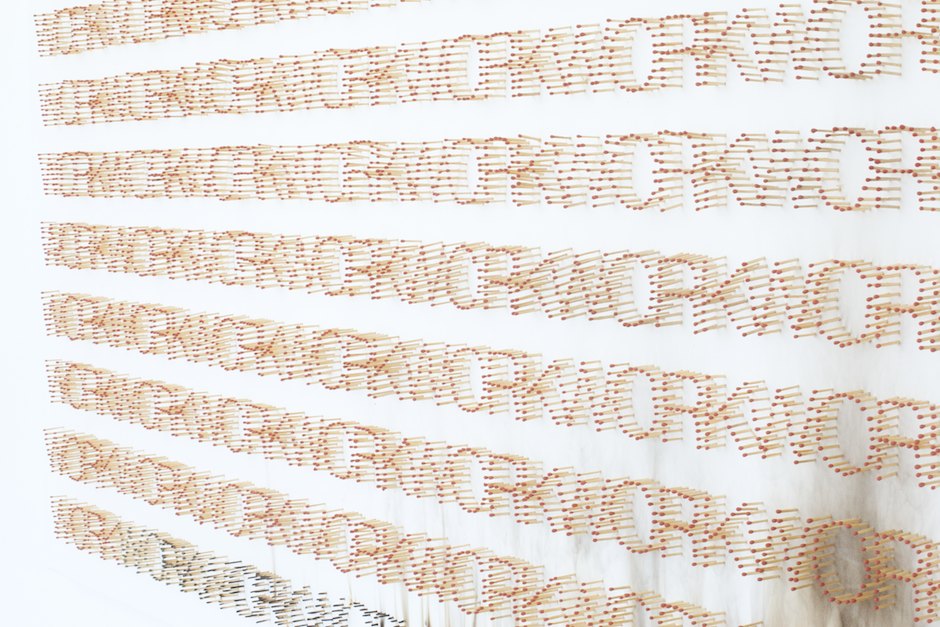
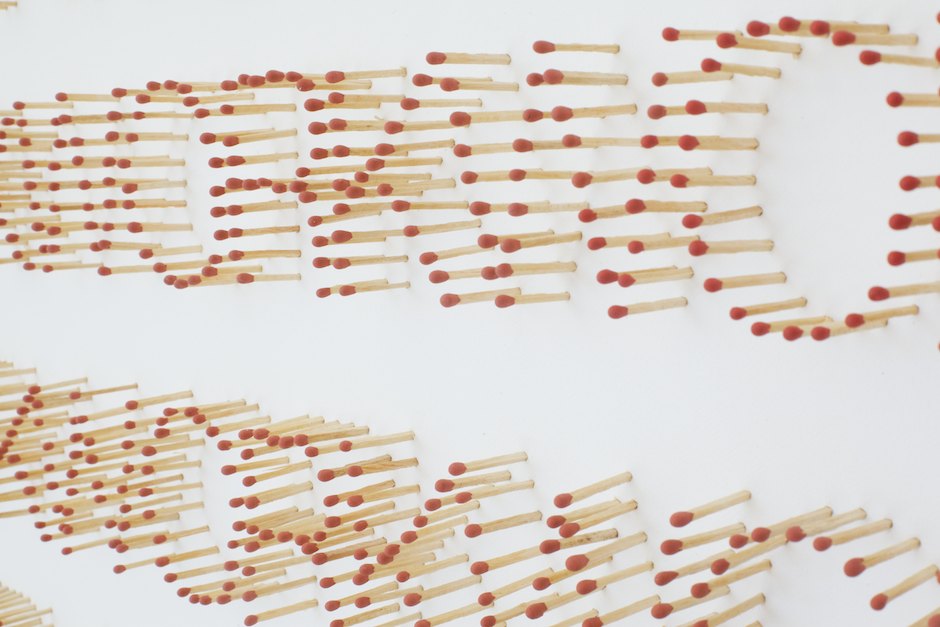
“Trust” nails, wood, 2012
Comprised of more than 15,000 nails, “Trust” shows where it’s safe to sit.
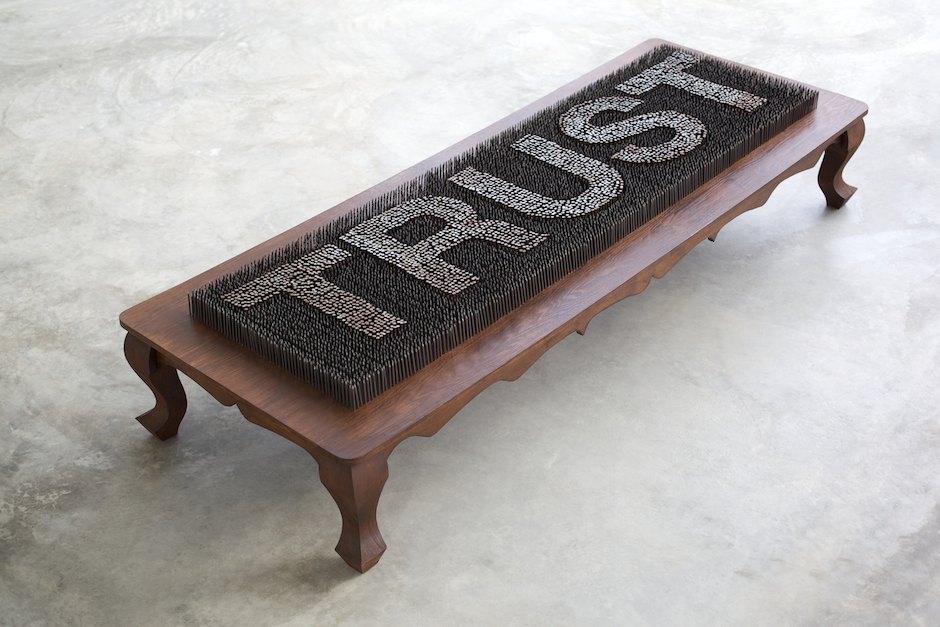
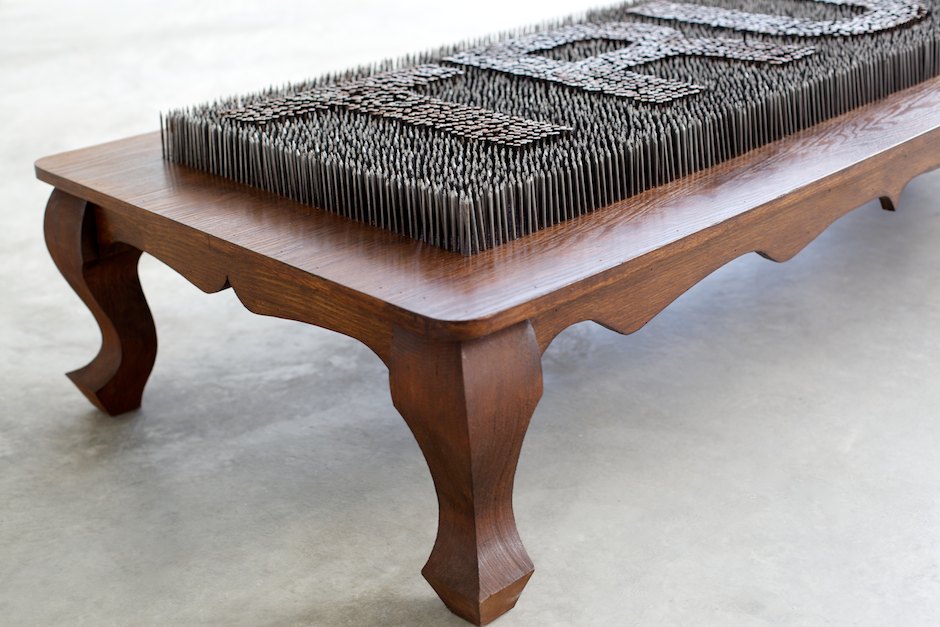
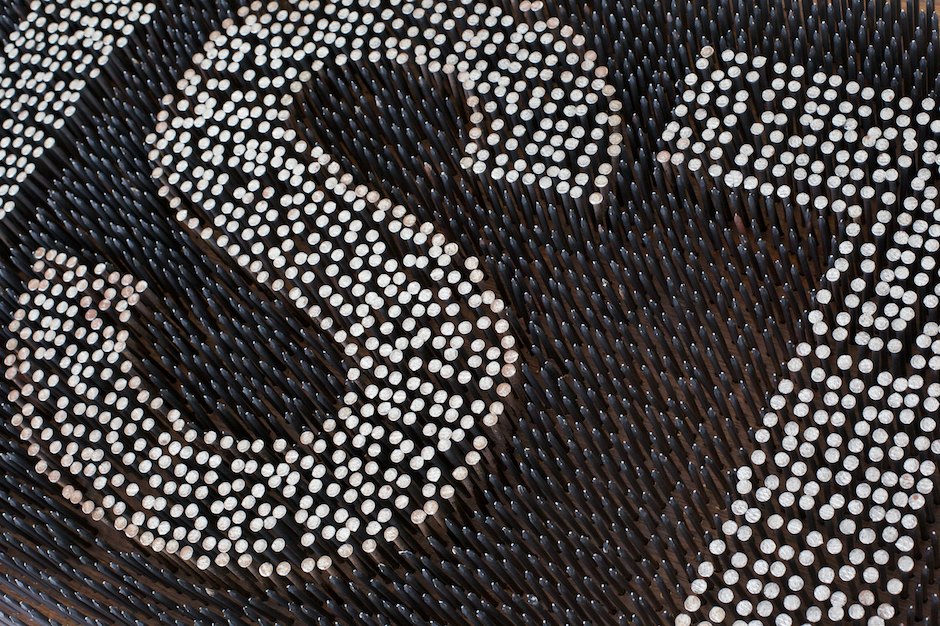
“Giving up is not an option” zinc letters with black lacquer paint, 2012
Giving up is always an option, apparently. The last three letters didn’t make it to the wall, still lying, barely painted on the ground.
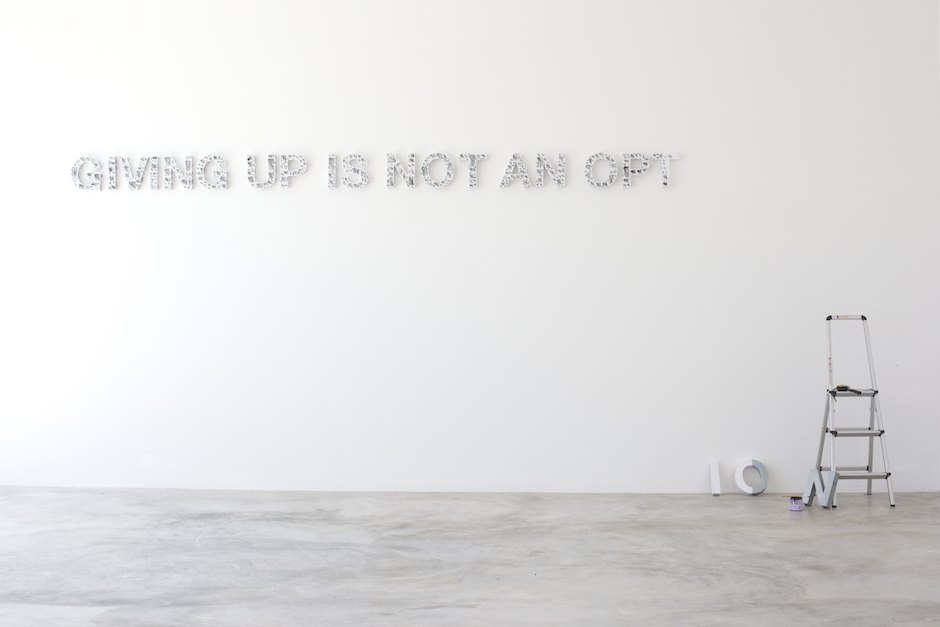
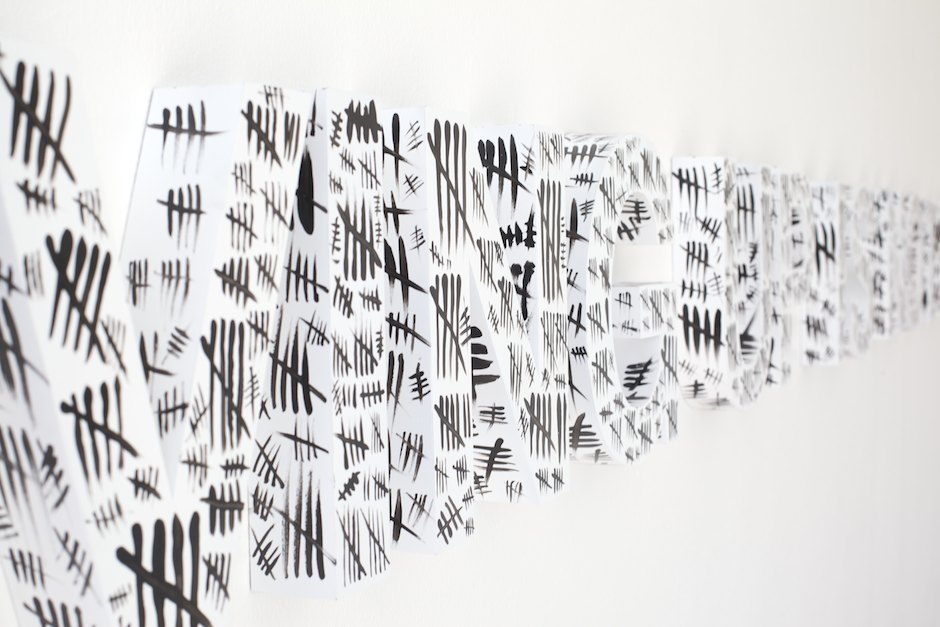
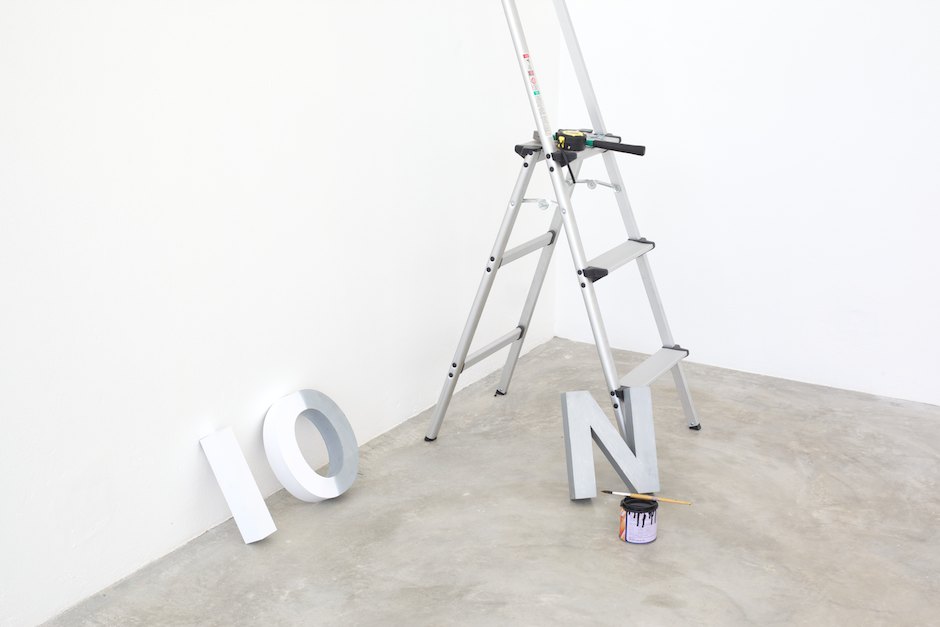
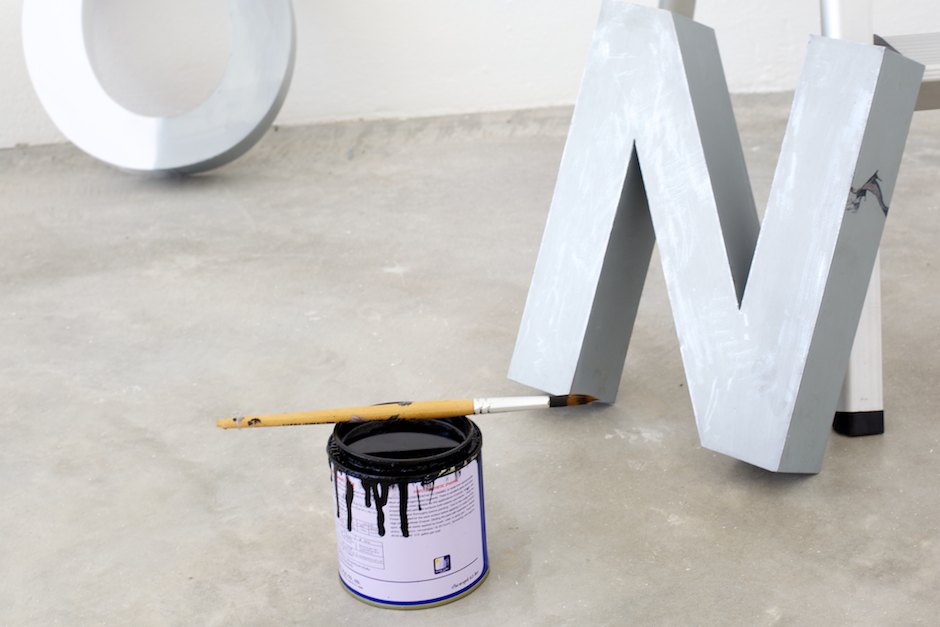
See more of Ole Ukena’s conceptual typographic sculpture on his website.
Find him on Tumblr, Twitter and Facebook.
GD Star Rating
loading...
Jul 23, 2013 | apropos//ts, art about
Duality is defined as “the condition of consisting of two parts, elements or aspects.” We’ve all felt the pressure of two sides at war within us, even if it’s something as small as our lazy side overpowering our desire to go out. Everyone has a masculine aspect that works against our feminine side, and a peaceful part that contrasts the out-of-control Hulks within us.
The best thing about duality is its simplicity – it’s always one side against another and all the messy, complicated other versions of ourselves sort of fall by the wayside as the two true nemeses duke it out.
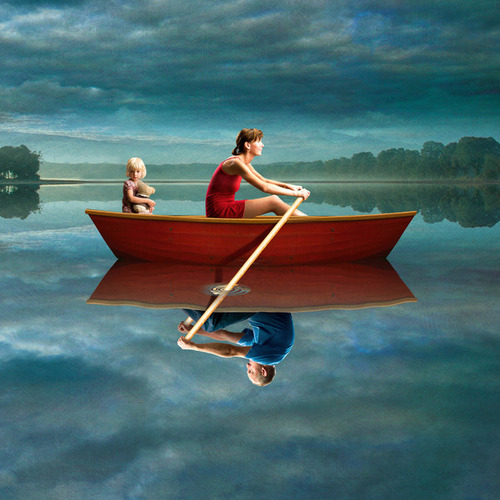

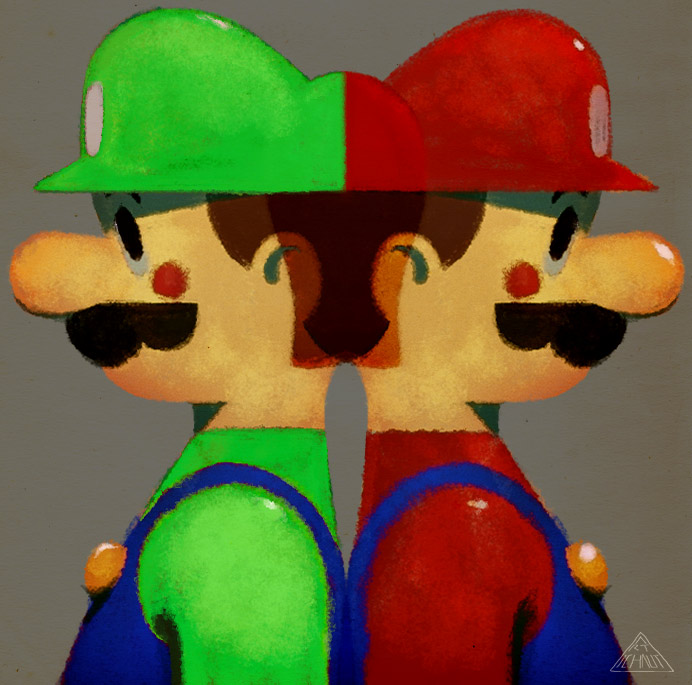
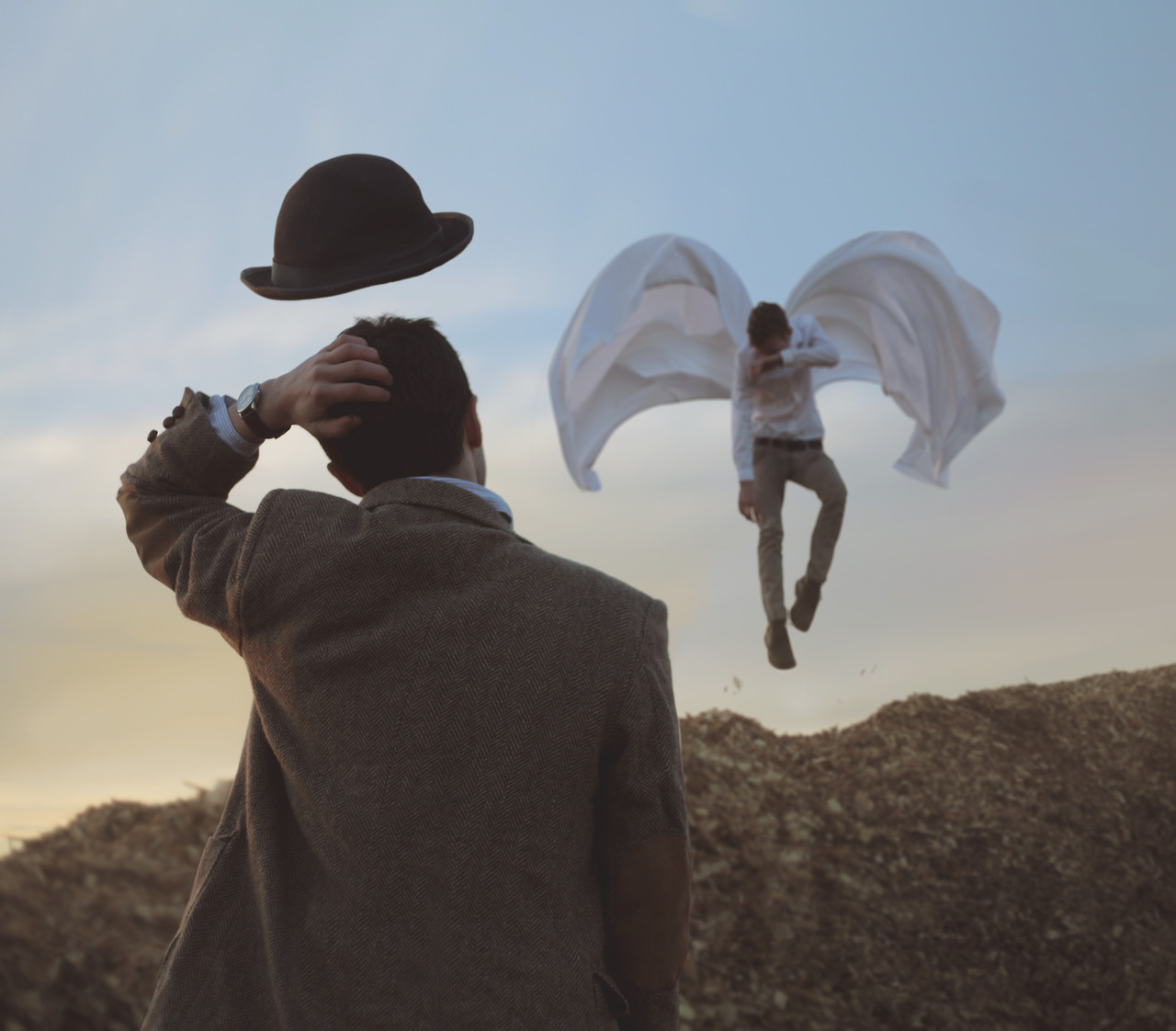
5. ‘Split the Difference’ by Bryn De Kocks
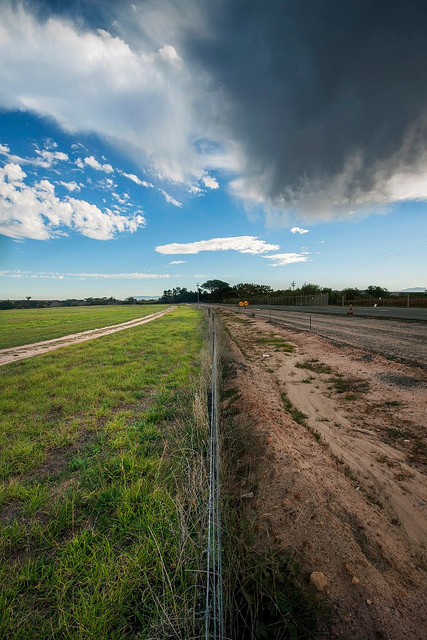
6. ‘Two bodies (Fall FW11 skin on skin)’ by Neil Barrett, 2011
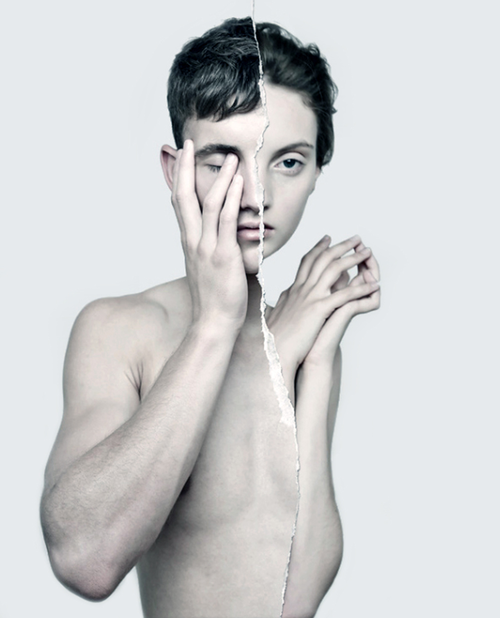
7. artist unknown, illustration found here
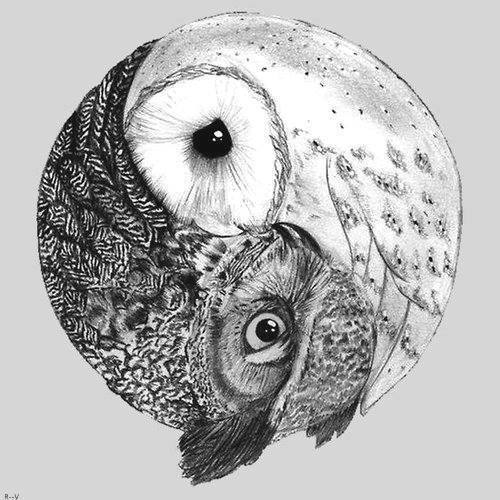
GD Star Rating
loading...


